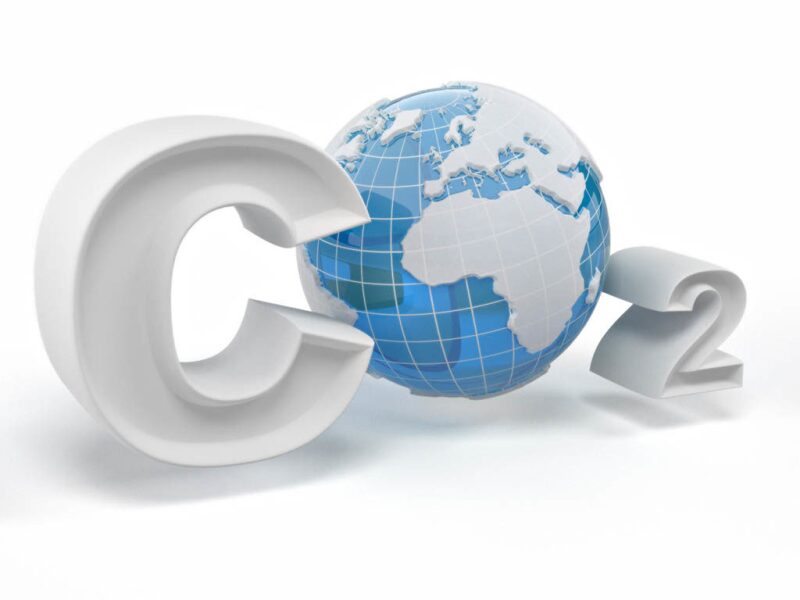Summary
This paper will discuss novel technologies for increasing the energy efficiency of offshore oil and gas platforms. Three case studies are in progress that are based on actual oil-producing platforms—two on the Norwegian Continental Shelf (NCS) and one in the Brazilian basin. The current focus is on developing compact, novel bottoming cycles for recovery of waste heat from the gas turbine and heat recovery from the compressor train for gas export. The technologies under investigation use steam and alternative working fluids, such as carbon dioxide (CO2) and hydrocarbons. All the fluids investigated in this project are natural working fluids; hence, they will not cause any unexpected environmental issues in the future.
A case study was performed that considered an 18-year period of operation on an actual platform and a scenario in which one gas turbine was removed and replaced with a CO2 bottoming cycle by use of the exhaust heat from a different gas turbine. The beauty of this scenario is that it would not increase the weight on the platform because the crate containing the gas turbine to be removed was of a weight similar to that of the crate containing the CO2 bottoming cycle. The substitution would not affect the ability to cover the heat demand on the platform because a waste-heat-recovery unit (WHRU) could be installed on the platform’s other gas turbine.
The case study indicates a significant reduction in CO2 emissions of 22% (63 000 t/a), and does not involve adding additional weight or volume to the platform. If operating on the NCS, the annual savings in reduced fuel costs and CO2 tax from implementing this scenario would be USD 17 million, although much lower in other territories.

